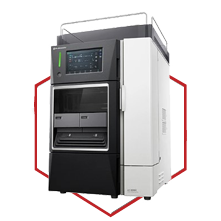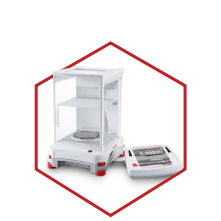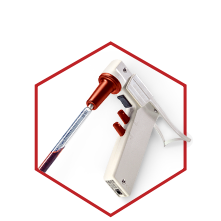Services
Our Support personnel and service department provide full service and instrumentation support for all Mandel products. A highly qualified team of representatives ensures that your instruments are always working to their optimum specification. We can provide in-depth and personalized help to our customers with questions or concerns pertaining to any of the equipment sold by Mandel.
























































